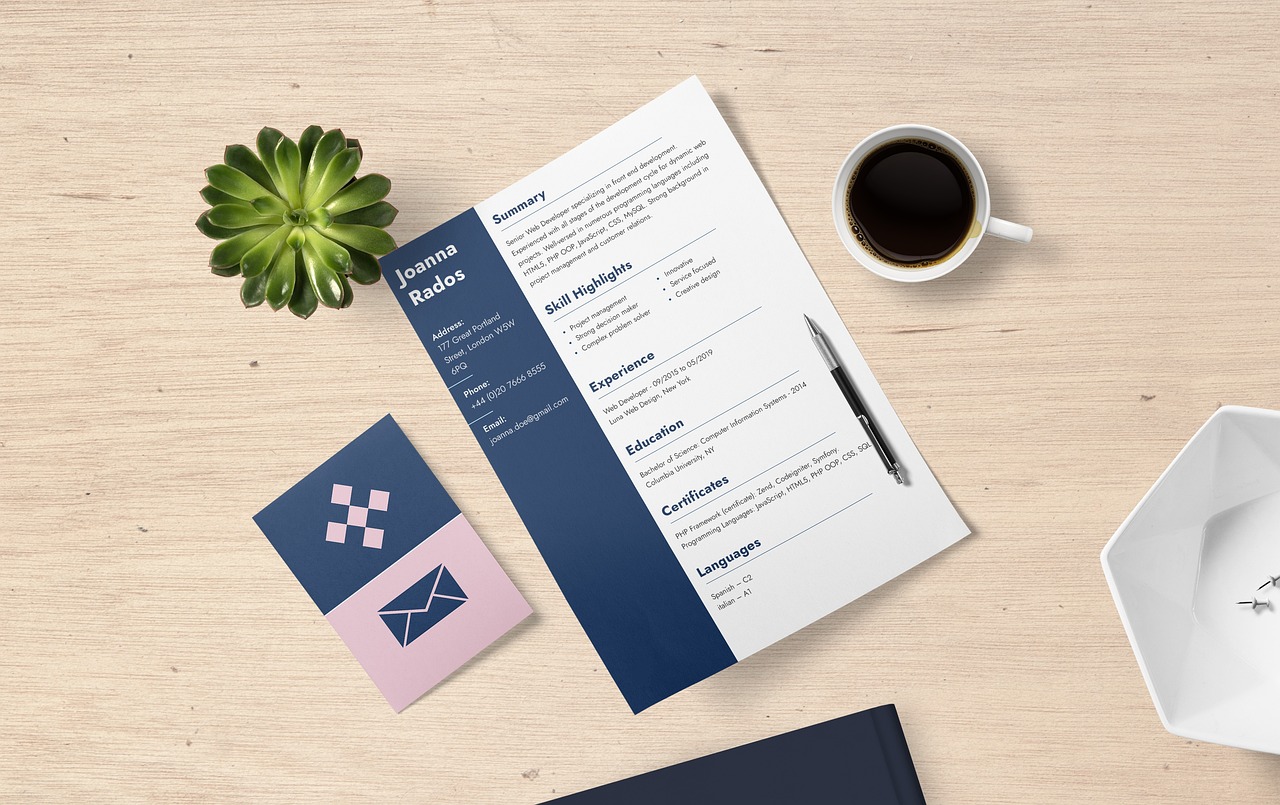Leaving a job is a pivotal career moment—one that demands tact, clarity, and professionalism. Whether you’re moving to a new opportunity, relocating, or pursuing a career shift, how you resign can impact your reputation, relationships, and even future job prospects. A poorly written resignation letter can burn bridges, while a polished one solidifies your legacy as a respectful and thoughtful professional.
This comprehensive guide breaks down how to craft a resignation letter that maintains goodwill, ensures a smooth transition, and keeps doors open for the future. Plus, discover how Fradelia can support your career journey beyond resignation.
Why a Professional Resignation Letter Matters
Your resignation letter is more than a formality; it’s a permanent record of your departure. Here’s why it’s critical:
- Professional Reputation: Employers, colleagues, and future hiring managers may reference your exit.
- Legal and HR Compliance: Formalizes your notice period and resignation terms.
- Relationship Preservation: Demonstrates gratitude and respect, even if leaving under tough circumstances.
- Smooth Transition: Sets the stage for handing off responsibilities.
Example: A LinkedIn study found that 85% of hiring managers consider references from past employers critical. A graceful exit ensures positive references.
Step 1: Understand the Core Elements of a Resignation Letter
A strong resignation letter includes these 5 essential components:
1. Clear Statement of Resignation
Open with a direct declaration to avoid ambiguity.
Example:
“Please accept this letter as formal notice of my resignation from my role as [Job Title] at [Company Name], effective [Last Working Day].”
2. Notice Period
Specify your last working day, aligning with your contract (typically 2–4 weeks).
Example:
“My last day of employment will be [Date], providing [X weeks] to ensure a seamless transition.”
3. Gratitude
Thank the employer for the opportunity, even if your experience was mixed. Focus on positive takeaways.
Example:
“I am deeply grateful for the mentorship, growth opportunities, and collaborations during my time here.”
4. Transition Offer
Express willingness to assist with training replacements or documenting processes.
Example:
“I am committed to ensuring a smooth handover and am happy to train my successor or finalize pending projects.”
5. Contact Information
Provide your email and LinkedIn for future correspondence.
Step 2: Avoid These 5 Common Mistakes
- Over-Sharing Reasons for Leaving
Keep explanations brief. Avoid airing grievances or criticizing colleagues.- Bad: “I’m leaving because the toxic culture here is unbearable.”
- Good: “I’ve decided to pursue a new opportunity aligned with my long-term goals.”
- Using Emotional Language
Stay neutral and professional, even if resigning due to conflict. - Forgetting to Proofread
Typos or tone errors can undermine your professionalism. - Ignoring Contractual Obligations
Review your employment contract for clauses like non-competes or notice period requirements. - Sending It Without a Verbal Conversation
Always resign face-to-face (or via video call) first, then follow up with the letter.
Step 3: Choose the Right Tone & Structure
Tailor your tone to your situation:
Scenario 1: Voluntary Resignation (New Job)
- Tone: Positive, forward-looking.
- Focus: Gratitude + excitement for the next chapter.
Example:
“While I’ve valued my time here, I’ve accepted a role that aligns with my passion for [Industry/Skill].”
Scenario 2: Relocation or Personal Reasons
- Tone: Regretful but firm.
- Focus: Prioritize personal circumstances without oversharing.
Example:
“Due to family relocation, I must resign to focus on this significant life change.”
Scenario 3: Resigning Due to Workplace Issues
- Tone: Diplomatic and concise.
- Focus: Avoid blame; keep explanations vague.
Example:
“After careful consideration, I’ve decided it’s time to explore new directions in my career.”
Step 4: Use a Professional Resignation Letter Template
Sample Template:
[Your Name]
[Your Address]
[City, State, ZIP Code]
[Email Address]
[Date]
[Recipient’s Name]
[Their Job Title]
[Company Name]
[Company Address]
Dear [Mr./Ms. Last Name],
Please accept this letter as formal notice of my resignation from my position as [Job Title] at [Company Name], effective [Last Working Day].
I am truly grateful for the opportunities I’ve had during my [X years/months] with the company. Working on [specific project/team] has been instrumental in developing my skills in [skill], and I will always appreciate the support from colleagues like [Name].
To ensure a smooth transition, I am committed to completing [specific task] and training my replacement. Please let me know how I can assist during this period.
Thank you again for the invaluable experience. I wish the team continued success and hope to stay in touch.
Sincerely,
[Your Full Name]
[LinkedIn Profile/Contact Info]
Step 5: Deliver Your Resignation Letter Professionally
- Resign Verbally First: Schedule a private meeting with your manager.
- Submit the Letter: Email a PDF version after the conversation.
- Notify HR: Copy HR on the email for documentation.
- Prepare for Exit Interviews: Stay constructive—avoid venting.
What NOT to Include in Your Resignation Letter
- Negative feedback about the company, manager, or team.
- Detailed reasons for leaving (e.g., salary, burnout).
- Future plans (unless relevant, like starting a business).
- Overly personal anecdotes.
How Fradelia Supports Your Career Transition
Resigning is just the first step. Fradelia Agency helps you navigate what’s next:
- Resume Revamping: Highlight your latest role’s achievements for future applications.
- LinkedIn Optimization: Attract recruiters with a polished, keyword-rich profile.
- Interview Coaching: Master tough questions like “Why did you leave your last job?”
- Career Strategy: Align your next move with long-term goals.
🚀 Ready to Launch Your Next Career Chapter?
A resignation letter is just the beginning. Let Fradelia ensure your career story stays compelling.
👉 Take Action Today!
✅ Polish Your Resume: Our experts highlight your achievements so you stand out.
✅ Dominate Interviews: Learn strategies to articulate your career transitions confidently.
✅ Build Your Brand: Optimize your LinkedIn profile to attract top-tier opportunities.
Your future employer is waiting. Make your next move count with Fradelia.

